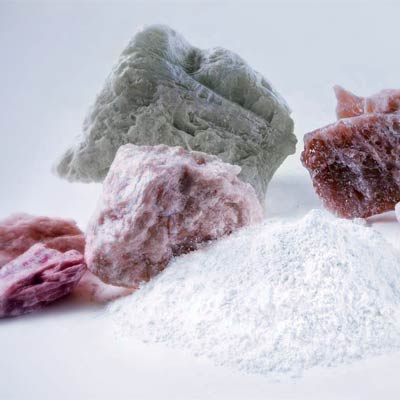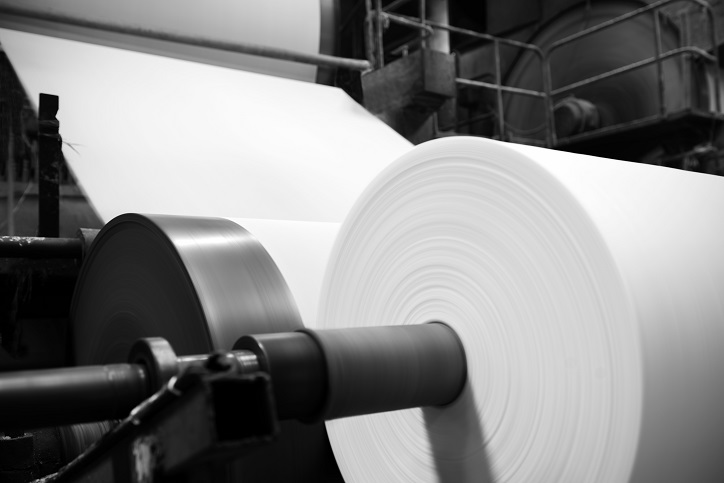Using talc as a filler the in paper manufacturing provides several advantages, which make it a popular component in the paper industry. Below are some of the key advantages that using talc in the paper manufacturing involves:
- Improved optical properties: with its high brightness and optical stability, talc is an excellent additive to improve paper whiteness and optical properties. Talc enables creating more vivid and attractive paper products.
- Improved printing characteristics: talc makes the paper surface flat and smooth, which allows improving the printing quality. Therefore, printed images on talc-containing paper products have better clarity and contrast parameters.
- Increased volume and density: adding talc provides increased paper volume and improves its density. Thus, paper becomes more durable, while feedstock consumption in the manufacturing process is reduced.
- Improved printability: talc contributes to improved printability by increasing paper’s ability to absorb ink, and facilitates writing by providing smooth writing surface.
- Increased humidity resistance: hydrophobic characteristics of talc enable improving paper’s resistance to wet conditions and help prevent moisture penetration.
- Reduced permeability: talc decreases paper porosity and contributes to its reduced water and gas permeability. This is particularly useful for packaging paper, which must prevent penetration of liquids and smells.
- Using talc to manufacture paper basically allows improving its quality, optical and printing properties, as well as makes paper more durable, resistant to humidity and cost-effective.



